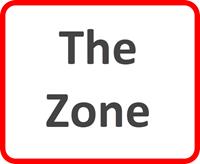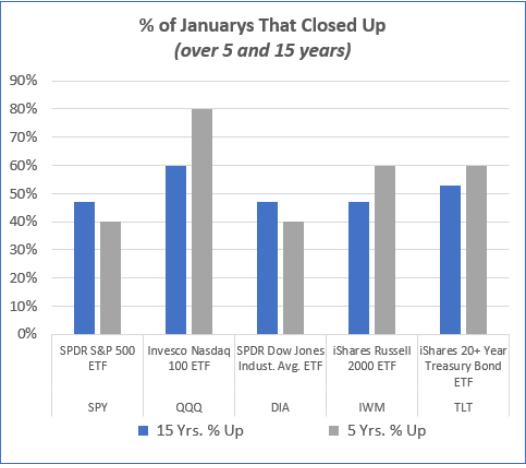The Federal Reserve’s Inflation Goal: A Controversial Measure of Economic Stability Introduction: In the realm of monetary policy, the Federal Reserve’s inflation goal has long been a subject of debate and scrutiny. Critics argue that this target, set by the central bank, is entirely arbitrary and lacks a solid foundation in economic theory. As the world grapples with the aftermath of the COVID-19 pandemic, it becomes increasingly important to examine the rationale behind this goal and its implications for the economy. This article delves into the controversy surrounding the Federal Reserve’s inflation goal, questioning its validity and exploring alternative approaches to achieving economic stability. The Origins of the Inflation Goal: The Federal Reserve’s inflation goal can be traced back to the early 1990s when the central bank sought to establish a framework for maintaining price stability. At the time, inflation was a pressing concern, and policymakers believed that setting a target would provide a clear benchmark for monetary policy decisions. The goal was initially set at 2% inflation, a level deemed low enough to avoid deflationary pressures while allowing for moderate economic growth. Arbitrary or Anchored? Critics argue that the Federal Reserve’s inflation goal is entirely arbitrary, lacking a solid economic foundation. They contend that the 2% target is simply a number pulled out of thin air, with no empirical evidence to support its effectiveness in achieving economic stability. Furthermore, they argue that this arbitrary target can lead to unintended consequences, such as asset price bubbles and income inequality. Proponents of the inflation goal, on the other hand, argue that it serves as an anchor for inflation expectations. By setting a clear target, the Federal Reserve aims to guide market participants’ behavior and prevent inflation from spiraling out of control. They argue that this goal provides a framework for conducting monetary policy and helps maintain credibility and transparency. Alternative Approaches: As the debate surrounding the Federal Reserve’s inflation goal intensifies, alternative approaches to achieving economic stability have emerged. One such approach is targeting nominal GDP growth instead of inflation. Advocates of this approach argue that by targeting the growth rate of the economy, policymakers can better account for changes in productivity and population growth, leading to a more balanced and sustainable monetary policy. Another alternative is adopting a flexible inflation target, where the central bank allows for temporary deviations from the target to accommodate economic shocks. This approach acknowledges that achieving a precise inflation target may not always be feasible and allows for more flexibility in responding to changing economic conditions. Conclusion: The Federal Reserve’s inflation goal remains a contentious issue in the world of monetary policy. While critics argue that it is entirely arbitrary and lacks a solid economic foundation, proponents believe that it serves as an anchor for inflation expectations. As the global economy continues to evolve, it becomes crucial to reevaluate the effectiveness of this goal and explore alternative approaches that may better serve the goal of achieving economic stability. Only through open and informed debate can we hope to shape a monetary policy framework that truly benefits society as a whole.





